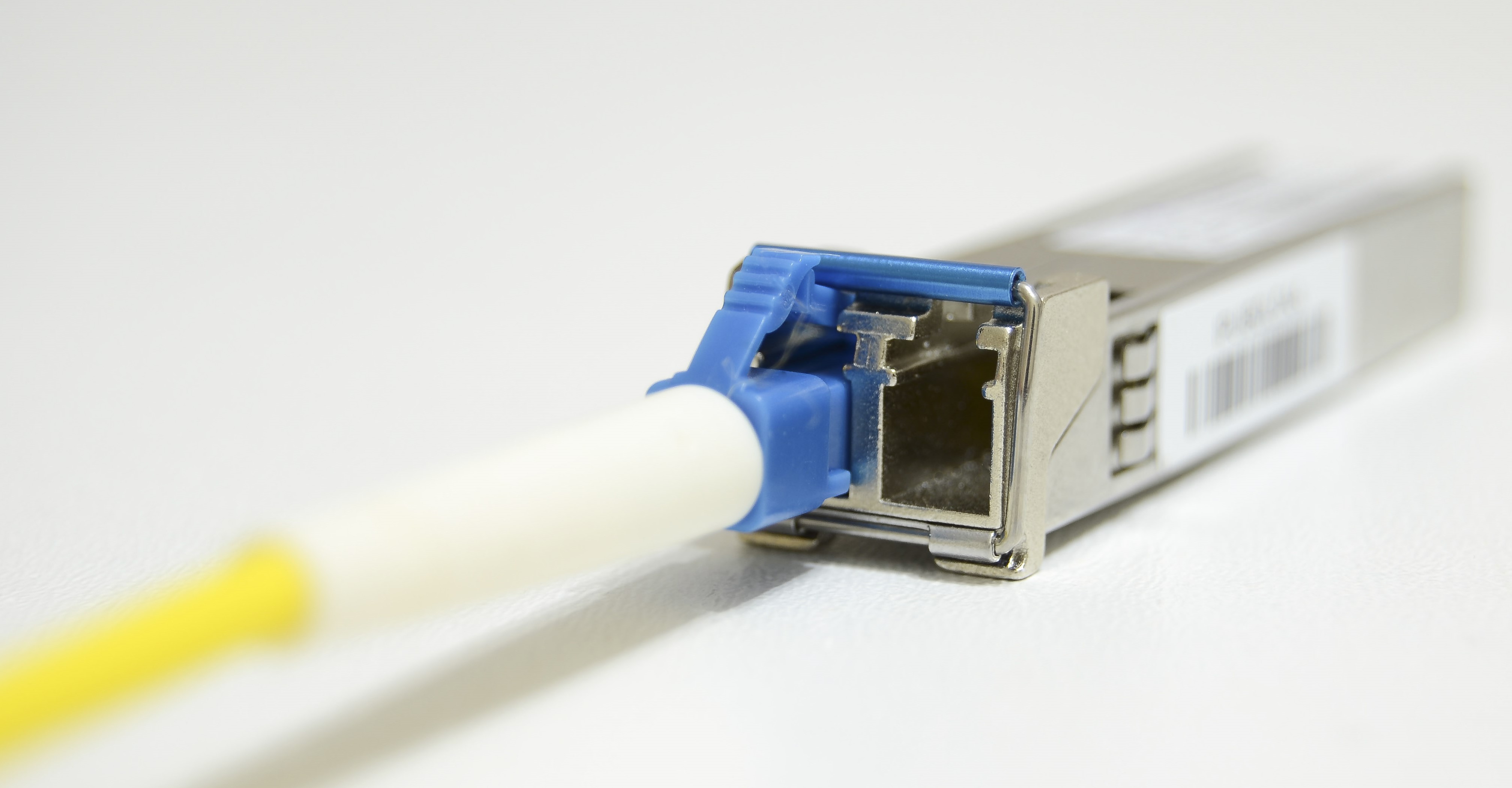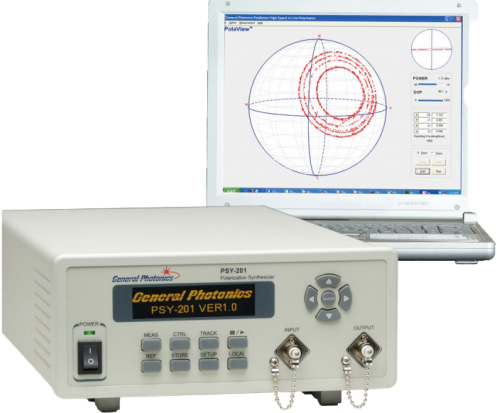Polarization Testing of Coherent Receivers
The coherent detection technique together with advanced modulation formats, polarization multiplexing, high-speed digital signal processing (DSP) circuits and  sophisticated algorithms are the key enablers for the optical communication systems operating at 100 Gb/s and beyond. Because coherent detection retains the phase, amplitude, and polarization information of the signal, such systems are able to handle the polarization demultiplexing in the electrical domain using high-speed DSP circuitry and algorithms. In addition, linear and nonlinear impairments can be compensated without the knowledge of the transmission line.
sophisticated algorithms are the key enablers for the optical communication systems operating at 100 Gb/s and beyond. Because coherent detection retains the phase, amplitude, and polarization information of the signal, such systems are able to handle the polarization demultiplexing in the electrical domain using high-speed DSP circuitry and algorithms. In addition, linear and nonlinear impairments can be compensated without the knowledge of the transmission line.
Luna has a complete polarization impairment testing suite to stress and characterize the polarization performance of coherent receivers.
Coherent detection systems generally perform the following polarization related functions:
- Polarization Tracking and Demultiplexing
- Polarization Mode Dispersion Compensation (PMDC)
- Polarization Dependent Loss Compensation or Mitigation (PDLC/M)
For transceiver developers, system integrators, and network operators it is very important to quantitatively verify and assess the coherent detection system performance.

The evaluations must include three principal polarization-related functions: polarization tracking and demultiplexing, PMDC, and PDLC/M. Because polarization impairments vary rapidly with time, the related functions must be tested against variations in different polarization parameters, such as the state of polarization (SOP), PMD, and PDL.
For example, the multifunctional polarization controllers/scramblers generate variable polarization rate of changes with predefined probability distribution function to test the polarization tracking functionality of DSPs and algorithms.
Typical polarization-related tests, include:
- SOP Tracking Speed and Recovery Time
- SOP Orthogonality
- PMD Tracking Speed and Recovery Time
- PMD Tolerance Range
- PDL Tracking Speed and Recovery Time
- PDL Tolerance Range
Featured Products
